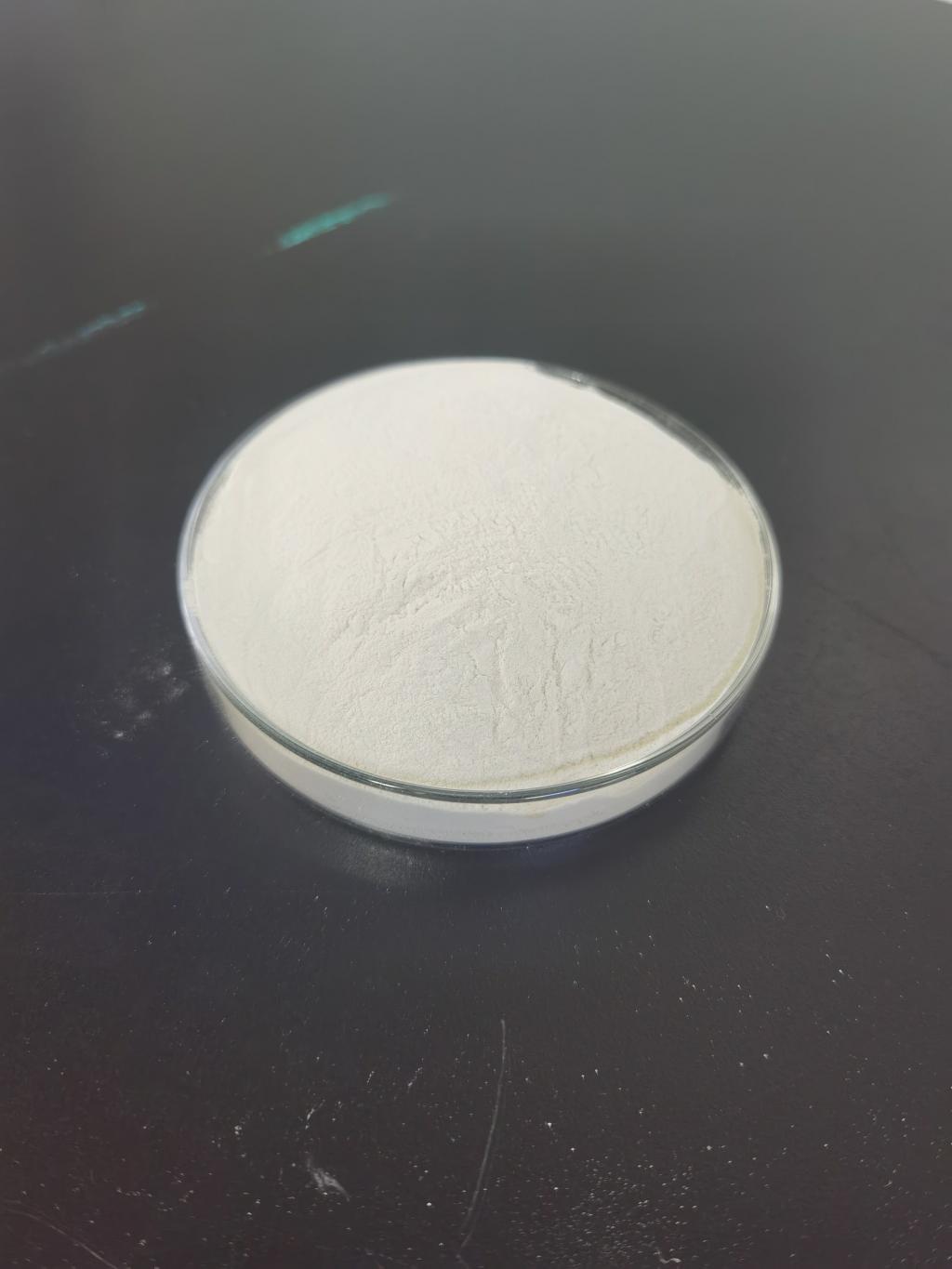Tel:+8618231198596

News
 CONTACT
CONTACT
 CONTACT
CONTACT
- Linkman:Linda Yao
- Tel: +8618231198596
- Email:linda.yao@dcpharma.cn
- Linkman:CHARLES.WANG
- Department:Overseas
- Tel: 0086 0311-85537378 0086 0311-85539701
News
Unveiling the Mechanisms Behind Nisin's Antimicrobial Action.
TIME:2023-09-01
Nisin's Distinctive Structure and Mode of Action:
Nisin's molecular structure is characterized by its unique cyclic structure, containing multiple amino acid rings linked by peptide bonds. This intricate structure contributes to its remarkable stability and resistance to protease degradation. Unlike traditional antibiotics that often target specific cellular components, nisin exerts its antimicrobial effects through a multifaceted mode of action involving interactions with bacterial cell membranes.
1. Disruption of Bacterial Cell Membranes:
The cornerstone of nisin's antimicrobial activity lies in its ability to interact with bacterial cell membranes. Nisin is positively charged, which allows it to electrostatically attract to the negatively charged components of the bacterial membrane, such as lipoteichoic acids and phospholipids. This initial interaction serves as an anchor, enabling nisin to insert itself into the lipid bilayer of the membrane.
2. Pore Formation and Membrane Permeabilization:
Once incorporated into the bacterial membrane, nisin undergoes a conformational change, leading to the formation of pores or channels within the membrane structure. These pores disrupt the integrity of the membrane, causing it to become permeable and allowing ions, molecules, and other cellular components to leak out of the bacterial cell. This disruption of membrane function ultimately leads to bacterial cell death.
3. Selective Activity Against Bacterial Cells:
One of the remarkable aspects of nisin's mode of action is its selectivity for bacterial cells over eukaryotic cells. This selectivity is attributed to the differences in membrane composition between bacterial and eukaryotic cells. Bacterial membranes contain a higher proportion of negatively charged lipids, which facilitates nisin's binding and insertion. Eukaryotic cells, on the other hand, have a different lipid composition that limits nisin's interaction with their membranes, reducing the likelihood of adverse effects on human cells.
4. Impact on Bacterial Physiology:
Nisin's disruption of bacterial cell membranes has far-reaching effects on bacterial physiology:
Loss of Cellular Integrity: The formation of pores disrupts the barrier function of the bacterial membrane, leading to the loss of cellular integrity and leakiness.
Ion Imbalance: The influx and efflux of ions due to membrane disruption result in an imbalance of intracellular ions, affecting essential processes such as energy production and signal transduction.
Metabolic Perturbations: Leakage of cellular components and disruption of membrane potential affect bacterial metabolism, leading to energy depletion and metabolic dysregulation.
Cellular Death Pathways: The combination of membrane disruption, ion imbalances, and metabolic disturbances triggers various cell death pathways, ultimately leading to bacterial cell death.
5. Implications for Combating Antibiotic Resistance:
The emergence of antibiotic-resistant bacteria poses a significant challenge to modern medicine. Nisin's unique mode of action presents potential advantages in overcoming antibiotic resistance:
Reduced Risk of Resistance: Nisin's multiple modes of action make it challenging for bacteria to develop resistance. Unlike antibiotics that target specific pathways, bacteria would need to undergo multiple mutations to evade nisin's multifaceted effects.
Combination Therapies: Nisin's ability to disrupt bacterial membranes complements traditional antibiotics, potentially enhancing their efficacy against resistant strains by increasing membrane permeability and allowing antibiotics better access to the bacterial cell.
6. Future Directions and Challenges:
While the mechanisms of nisin's antimicrobial action are increasingly understood, there are ongoing research areas and challenges to consider:
Structural Insights: Further studies are needed to elucidate the precise details of nisin's interaction with bacterial membranes at the atomic level, providing insights into its binding sites and conformational changes.
Optimization and Formulation: Determining the optimal concentration and formulation of nisin for different applications is crucial to maximize its antimicrobial efficacy while ensuring safety and sensory acceptability.
Clinical Translation: The translation of nisin's antimicrobial properties into clinical applications requires comprehensive studies on its safety, pharmacokinetics, and potential interactions with human cells.
Conclusion:
Nisin's antimicrobial action, rooted in its interactions with bacterial cell membranes, stands as a testament to the remarkable complexity and ingenuity of natural defense mechanisms. As research continues to unveil the intricacies of nisin's mode of action, its potential as a groundbreaking antimicrobial agent becomes increasingly evident. By disrupting bacterial membranes, causing permeability, and impacting bacterial physiology, nisin offers a multifaceted approach to combating infectious diseases and antibiotic-resistant bacteria. As scientists and medical professionals harness the power of nisin, there is hope that this natural peptide will contribute to the development of innovative solutions for the challenges posed by microbial infections in our modern world.
- Tel:+8618231198596
- Whatsapp:18231198596
- Chat With Skype







